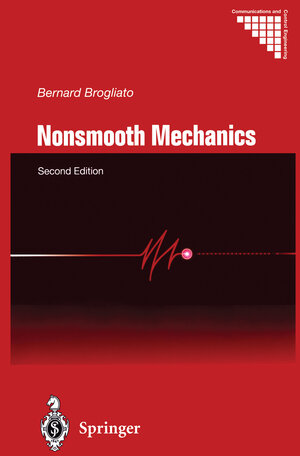
×
![Buchcover ISBN 9781447105572]()
From reviews for the first edition:
It is written with clarity, contains the latest research results in the area of impact problems for rigid bodies and is recommended for both applied mathematicians and engineers.
Mathematical Reviews 1998f (Reviewer: P. D. Panagiotopoulos)
The presentation is excellent in combining rigorous mathematics with a great number of examples ranging from simple mechanical systems to robotic systems allowing the reader to understand the basic concepts.
Mathematical Abstracts (Reviewer: H. Troger)
Thank you for opening the second edition of this monograph, which is devoted to the study of a class of nonsmooth dynamical systems of the general form: :: i; = g(x, u) (0. 1) f(x, t) 2: 0 where x E JRn is the system's state vector, u E JRm is the vector of inputs, and the function f (-, . ) represents a unilateral constraint that is imposed on the state. More precisely, we shall restrict ourselves to a subclass of such systems, namely mechanical systems subject to unilateral constraints on the position, whose dynamical equations may be in a first instance written as: ii= g(q, q, u) (0. 2) f(q, t) 2: 0 where q E JRn is the vector of generalized coordinates of the system and u is an in put (or controller) that generally involves a state feedback loop, i. e. u= u(q, q, t, z), with z= Z(z, q, q, t) when the controller is a dynamic state feedback. Mechanical systems composed of rigid bodies interacting fall into this subclass. A general prop erty of systems as in (0. 1) and (0. 2) is that their solutions are nonsmooth (with respect to time): Nonsmoothness arises primarily from the occurence of impacts (or collisions, or percussions) in the dynamical behaviour, when the trajectories attain the surface f(x, t) = O. They are necessary to keep the trajectories within the subspace = {x : f(x, t) 2: O} of the system's state space.



